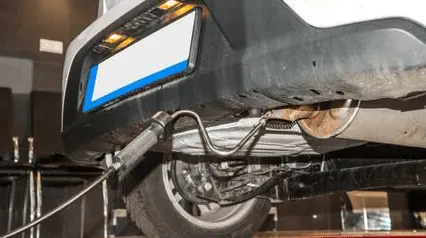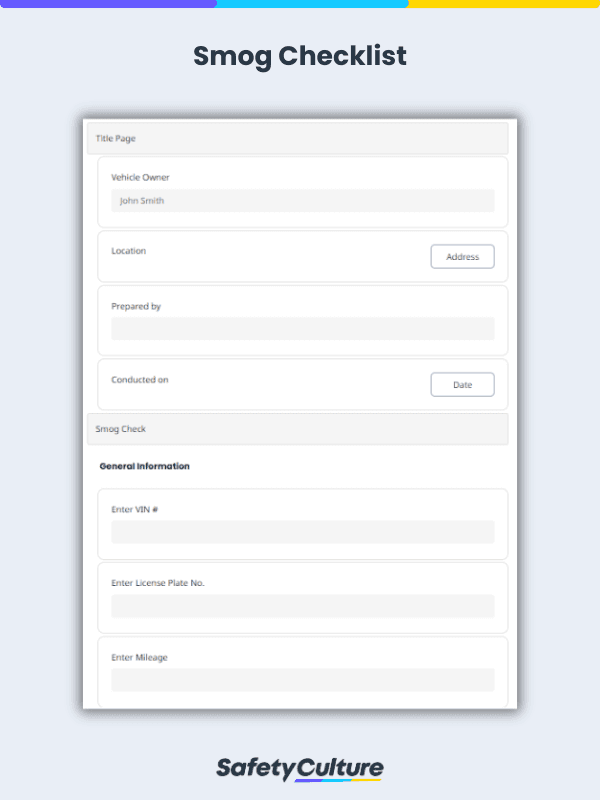What is a Smog Check?
Also called a vehicle emissions test, a smog check is a procedure done to determine if a vehicle’s emissions are within the acceptable levels set by a regulating body. Failure to pass a smog check can result in non-renewal of vehicle registration due to non-compliance with environmental regulatory requirements.
What is a Smog Checklist?
A smog checklist is a tool used by smog technicians in emission testing centers when conducting smog checks. It helps smog technicians record findings and document any observations that may indicate unsafe vehicular conditions or non-compliance with regulations.
Smog Check Procedure
Depending on state regulations, smog checks are required every 1-2 years and can include vehicle safety checks as well. Here’s an overview of what happens during a vehicle emissions test (according to the Bureau of Automotive Repair (BAR)).
1. Pre-test
Before each vehicle is inspected, smog technicians need to conduct a pre-test to ensure that smog test equipment are maintained and calibrated in accordance with BAR specifications.
2. Emissions Measurement
Smog technicians measure and record the readings of Hydrocarbons (HC), Carbon Monoxide (CO), and Oxides of Nitrogen (NOx) from the vehicle emissions. Testing equipment can vary but technicians use approved exhaust emission analyzers for vehicle emissions testing.
3. Visual and Functional Inspection
Smog technicians conduct visual and functional emissions inspection of the vehicle to check if there are any defective, tampered, missing, disconnected, or modified emission control systems and if other equipment, such as the malfunction indicator light, are working.
Significance of Smog Checks
The US Environmental Protection Agency (EPA) regulates vehicle emissions and has set programs to help keep vehicle emissions in check and control its negative impact. Here are 3 compelling reasons to keep vehicle emissions in check.
- Health
Respiratory conditions and other medical ailments can be caused or exacerbated by prolonged exposure to chemicals and other air pollutants from vehicle emissions. The World Health organization (WHO) has recognized the contribution of vehicle emissions to air pollution and encouraged its reduction. - Environment
According to the EPA, the transport sector is one of the biggest contributors to greenhouse gases in the US. Keeping vehicular emissions in check can help alleviate the negative impact of vehicles on the environment. - Economy
Not only are individual car owners impacted if they don’t keep vehicle emissions in check and comply with smog regulations, states run the risk of suffering financial repercussions due to non-compliance with EPA regulations. Smog certifications are sometimes also required for sales and transfers.


